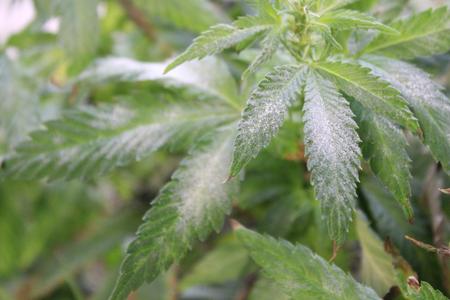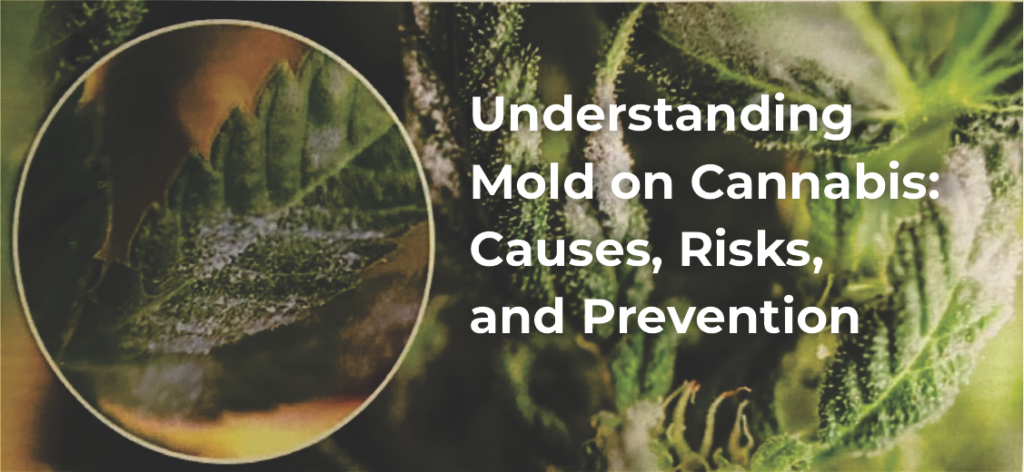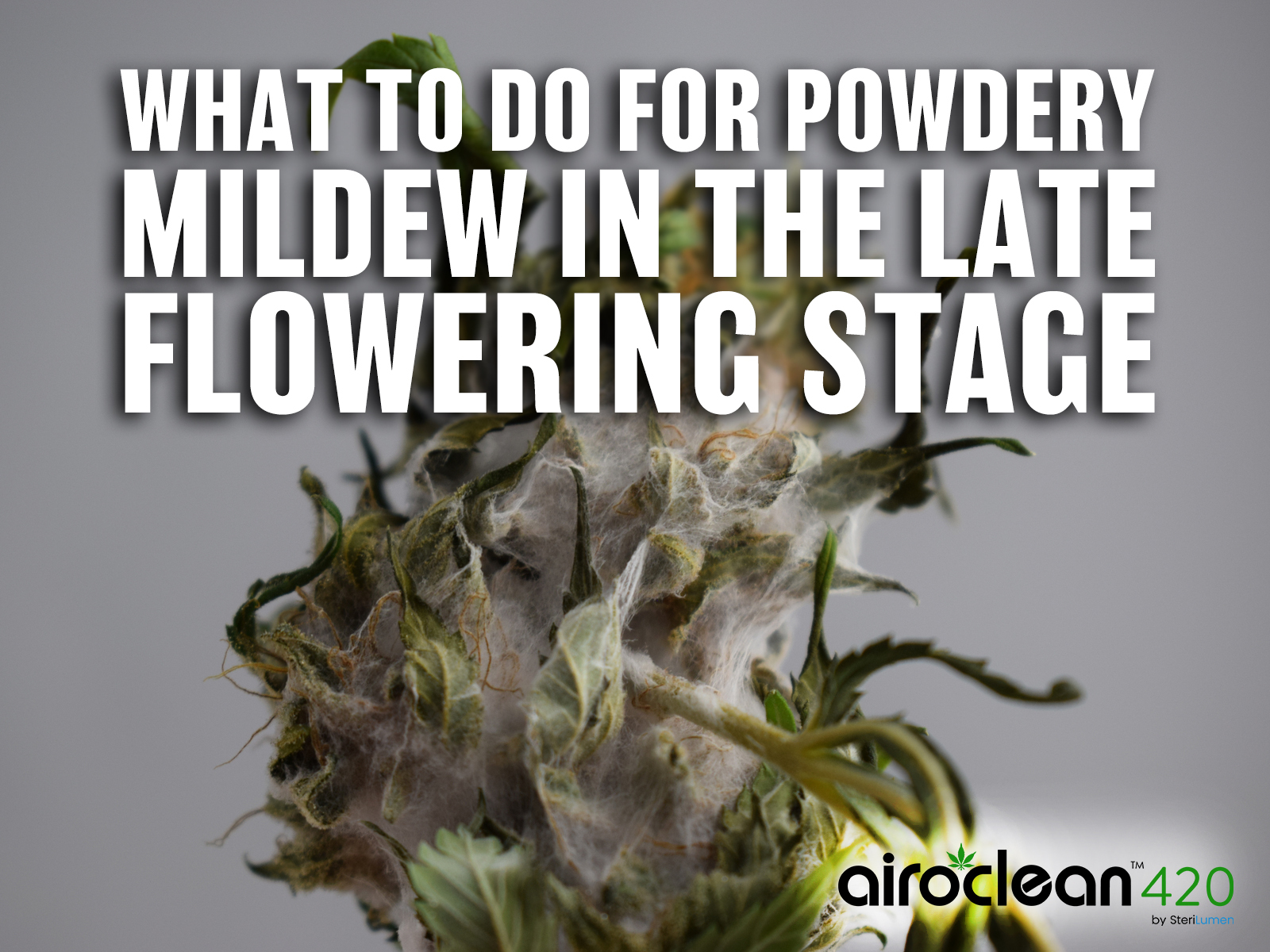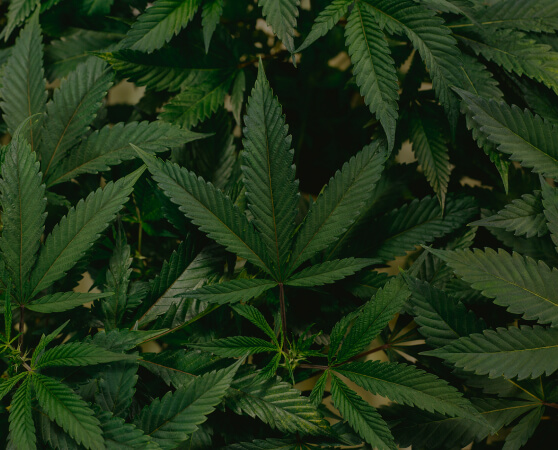
Cannabis cultivation is an intricate process that requires careful attention to detail at every stage. Among the myriad concerns for growers, one of the most significant is mold contamination. Mold not only jeopardizes the health and safety of consumers but also poses regulatory and financial risks to cultivators and the industry as a whole. In this blog post, we delve into the intricacies of mold on cannabis, exploring its causes, associated risks, and effective prevention strategies.
Causes of Mold on Cannabis
Mold thrives in environments with high humidity and moisture levels, making cannabis plants particularly susceptible during various stages of growth and processing. Factors contributing to mold growth include:
- High Humidity: Cannabis plants, especially during flowering and drying phases, are prone to mold infestation when exposed to elevated humidity levels.
- Poor Ventilation: Inadequate airflow around plants creates stagnant conditions ideal for mold proliferation.
- Improper Watering: Over-watering or erratic irrigation practices can result in excess moisture in the growing medium, providing a breeding ground for mold.
- Contaminated Environment: Mold spores present in soil, water, or air can infiltrate cannabis cultivation spaces, initiating mold growth on plants.
Risks Associated with Mold Contamination
Mold contamination on cannabis poses multifaceted risks:
- Health Concerns: Ingesting or inhaling mold-contaminated cannabis products can lead to respiratory issues, allergic reactions, and other health complications, particularly for vulnerable individuals.
- Product Quality Degradation: Mold-infected cannabis suffers from diminished quality, affecting its taste, aroma, and potency, thereby compromising consumer satisfaction and market competitiveness.
- Regulatory Implications: Mold contamination can result in product recalls, fines, and reputational damage, undermining compliance with stringent regulatory standards governing cannabis cultivation and distribution.
Prevention Strategies for Mold
Effective prevention is paramount in mitigating mold contamination in cannabis cultivation. Key preventive measures include:
- Humidity Control: Maintain optimal humidity levels within the cultivation environment (typically 40-60%) to inhibit mold growth.
- Enhanced Ventilation: Ensure adequate airflow and ventilation around cannabis plants to reduce moisture buildup and create less hospitable conditions for mold.
- Temperature Regulation: Monitor and control temperature levels to deter mold proliferation.
- Hygiene Protocols: Implement rigorous sanitation practices, including regular cleaning of cultivation equipment and facilities, to prevent mold contamination.
- Proper Drying and Curing: Adhere to recommended drying and curing protocols to minimize the risk of mold formation during post-harvest processing.
- Routine Monitoring: Conduct frequent inspections of cannabis plants for signs of mold infestation, such as discoloration, fuzziness, or musty odors, and take prompt remedial action if detected.
Conclusion
Understanding the causes, risks, and preventive measures concerning mold on cannabis is indispensable for ensuring the integrity and safety of cannabis products. By prioritizing meticulous cultivation practices, maintaining optimal environmental conditions, and adhering to stringent hygiene protocols, cultivators can mitigate the threat of mold contamination and uphold consumer trust and regulatory compliance in the burgeoning cannabis industry. Vigilance and proactive measures are imperative in safeguarding both the health of consumers and the sustainability of cannabis businesses.
Ready to Stop Powdery Mildew?
Fill out a simple form to get pricing for AiroClean420.





